(Psst: The FTC wants me to remind you that this website contains affiliate links. That means if you make a purchase from a link you click on, I might receive a small commission. This does not increase the price you’ll pay for that item nor does it decrease the awesomeness of the item. ~ Daisy)
By the author of the online course Growing Self-Sufficiency: The Whole Picture
These days, wouldn’t it be great to get a break on your grocery bill? You betcha! Well, in this article, I’m going to share a model that helps over 200 families (small and large!) save on their grocery bills every month in our small local township (population 10,000). The Good Food Box program has been running for over 20 years here. I think its longevity is a sign that the model works! If you believe that food insecurity and food deserts are serious issues and you’d like to do something to help out, read on!
Similar programs are Good Food for All and Azure Standard. You may also be able to find smaller, local municipality-based programs.
What is a Good Food Box Program?
A Good Food Box program leverages a large bulk purchase of produce to get lower (wholesale) prices. By pooling their resources and paying upfront people who don’t even know each other can gain significant buying power for their families. In our area, people are able to access the program once a month.
How does it work?
Every month, people interested in the program pay by cash or cash transfer by the 7th of the month. The cash is collected and pooled for the purchase. People can plan ahead that they are going to pay that amount, knowing that they will not receive their items until the bulk purchase is made later in the month.
All of the items are split between the buying group and delivered to pick-up hubs on the third Tuesday of the month. In our area, the bulk food is first brought to a local church, where it is bagged (smaller orders) or boxed in reusable bins (larger orders). When people come to pick up, they know that they will need to bring their own bags or bin, as the reusable bins are all returned to the church.
What Do You Get?
There are a number of sizes available so that everyone can take advantage of the program. Here is a list of the sizes, with a list of what might typically come with it:
- Fruit Bag $3.67 – 2 lbs Bananas, a few of each: apples, oranges, kiwi fruit
- Veggie Bag $3.67 – 2 tomatoes, 2 green peppers, 1 large red onion, 1 cucumber, 2 zucchinis
- Small Box – $7.35 – 5 lbs potatoes, 2 lbs bananas, 2 lbs carrots, 2 lbs onions, couple of apples, oranges, 1 cucumber, possibly one more veggie
- Large Box – $11 – Everything in small box, PLUS, 1/2 lb. Mushroom, 1 head of lettuce, couple more apples, oranges, 1 green pepper, 1 more veggie, 2 tomatoes, 1 cucumber
As you can see from the above lists, there is a common theme of items across the sizes. This is important, because the bulk nature of the order is what allows the savings. From my own experience, there isn’t a lot of variation in terms of what comes in the bags. I find that helpful, as I can rely on certain items, like the bananas, to arrive on the third Tuesday of every month.
Another benefit of these items, I find, is that they are staples that can make a lot of healthy, simple foods. As well, items like potatoes and onions and carrots keep well and can last almost a month if stored properly. If times are tough, as they are for many people, these fresh items will be a welcome boost to your pantry towards the end of the month. They are a healthy supplement to the shelf-stable canned and dried goods that are usually found at most food banks.
How Does It Run?
This program is able to help over 200 local families due to its broad base of support in the person of many community volunteers. There are many roles to be filled. There is a coordinator who collects the money for the next month when people come to pick up their food. There are packers who arrive at the church on the morning of delivery day to help sort the food and split it up.
There are drivers who take the bins and bags of food to the local hubs. These are already established local places, such as the library or community hall, where people already go. We are lucky in our local village that the library is open in the evening and the librarian helps out with the distribution of the boxes and bags.
How Can I Start a Similar Program?
Starting a program like this may seem intimidating. However, it’s important to keep in mind that this program has been running and growing for 20 years! I researched other similar programs in Canada, and they all seem to have some kind of administrative home, like a community center [LINK: https://goodfoodboxtb.org/ ], a food program [LINK: https://thegoodfoodbox.ca/] or a community health center. This likely allows them to be registered as a charity and receive grants. In our case, some administrative support is provided by our local community health center, as food security is part of their mandate. Another possible home for a program like this might be a local church.
You could start small by trying to identify a community partner who might be interested in the idea. Perhaps your first box might be at harvest time in the fall when you approach some local farmers who come to a nearby farmers’ market (if you are in an urban area.) Would they be willing to bring a bulk purchase one weekend if you order ahead? What do they generally have extra of? How much would that cost?
An example of this happened to me this past fall when a local farmer I knew told me he had extra potatoes. LOTS and LOTS of extra potatoes! These were all organic and unwashed, which meant they would keep very well. He was offering these potatoes for less than $15 for a bushel of over 50 pounds. By spreading the word to friends and family, I was able to sell a few more for him, including the one I bought myself. These potatoes, stored in my utility room at around 50 degrees Fahrenheit (10 degrees Celsius) in damp sawdust, are still as good as the day I bought them many months ago.
A high-volume harvest deal might be your first attempt. Then, you can start spreading the word. Maybe the first time, it’s just what you can fit in your car. Then, the word might spread, and you could get started more often.
There Is (Buying) Power in Numbers
The Good Food Box program has ramped up in our region to help families buy healthy food during these difficult times. You may find something similar where you live, too.
Do you know of any similar cooperative programs in your area? Have you ever participated in one? Would you be interested in trying to start one up? Please tell us in the comments below.
About Colette
Colette is passionate about sharing her knowledge of thrifty living and self-sufficiency. She has developed her skills in self-reliance living in the suburbs, the city, and more recently, on her own Half-Acre Homestead. Colette lived five years completely off-grid and without running water in an eight by 24 foot tiny home while designing and building her own 18 by 24-foot eco-cabin.
Her website, Half Acre Homestead is attracting followers from around the world who want to become more self-sufficient. Colette invites you to stop by the Homestead and check out all of the great resources including the practical How To Guides, A Tiny Home Resource Center and her organic gardening stories on her blog. She shares her wholistic model (body/mind/spirit) for achieving self-sufficiency in her Free Course, “Growing Self-Sufficiency: The Whole Picture.” Stop by the Homestead today to register free of charge!
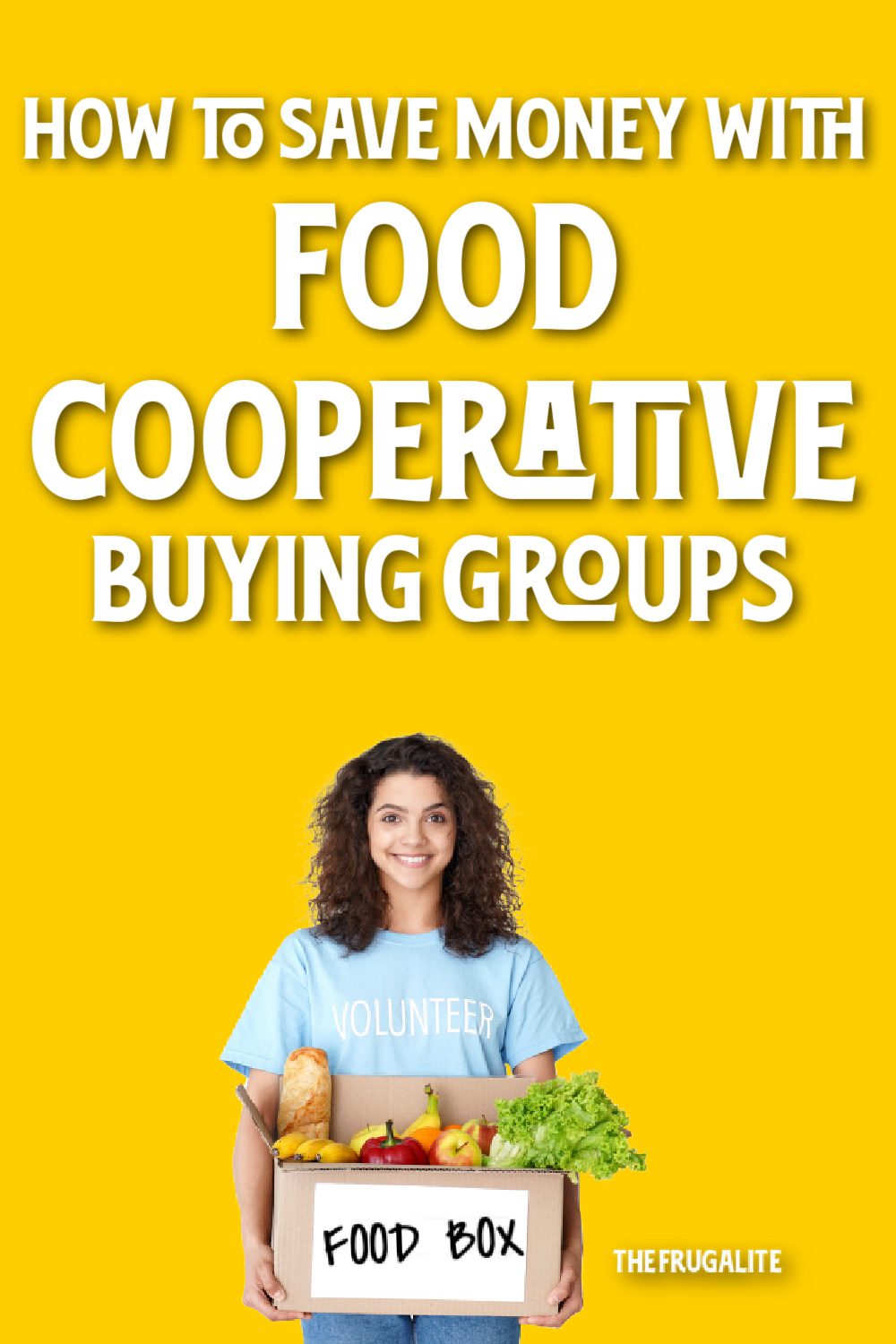

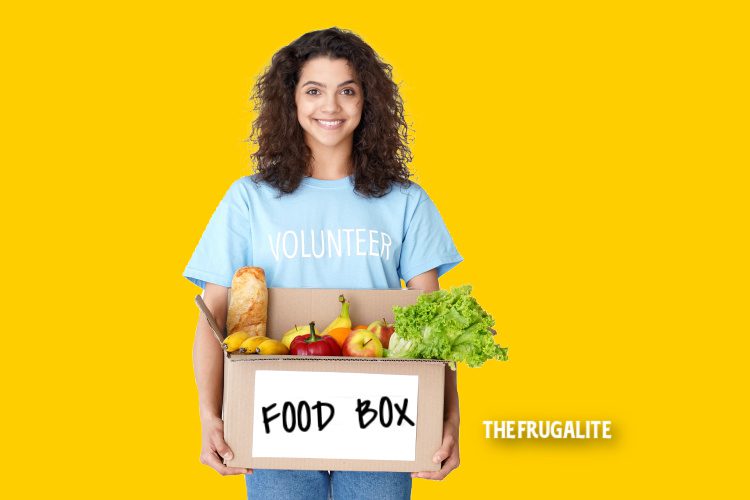





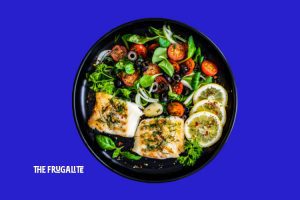
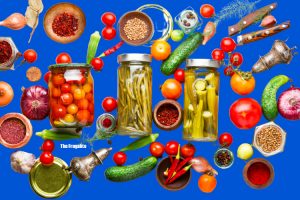
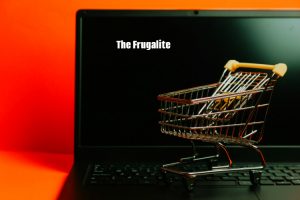

3 thoughts on “How to Save Money with Food Cooperative Buying Groups”
As a bonus to comments readers, here is an interview I completed with the local, paid, administrator of our own Good Food Box program. This interview gives a sense of the scale of a program that has developed over 20 years. Eileen, our administrator, also gives some suggestions for those who are interested in getting started.
-How many people does our Good Food Box help per month?
On average, we fill 225 orders per month which helps approximately 350 people.
-How many volunteers are required to run it?
We have 35 volunteers in various roles: we have about 15 volunteers who pack and 9 volunteers who drive to our “host-sites” and/or make deliveries to people who require it, we have 3 volunteers who do administrative tasks, and 10 people who collect and distribute orders. A few people fall into more than one role, so that is why the math doesn’t add up perfectly.
-How much time do you (the paid admin) spend per month on this?
There is quite a bit of coordination for the program. I’d estimate about 30-35 hours per month.
-Who is responsible for setting up the relationships with food sellers (like farms and grocery stores) for the wholesale purchase? (I think it is you, but I’m not totally sure).
It is sometimes me for sure, sometimes a volunteer, sometimes a local farmer reaches out to us. The majority of our produce comes from a single wholesaler.
-Do you have any advice for those getting started in this area?
I think it’s helpful when an area interested in getting started can go to an established area to learn from, so as to not “recreate the wheel”.
Also, it’s a good idea to start small and expand slowly. For example, perhaps having only one pick-up location to start with. Finding some seed money to start a program so that resources can be purchased (ie. Tote bins with lids, produce scales for weighing, paper bags for mushrooms, produce bags for bananas, carts for unloading wholesale truck/farm produce and loading deliveries, etc).
Establishing partnerships – we use a local church to pack all the food at and they also allow us to store items on the property. We also have our local library act as host-site coordinator and take and distribute orders for us. It’s a win-win: individuals are able to get their Good Food Box in their own area and it brings more foot traffic into the library and increases usage.
Thanks for adding the interview, Colette!
You are most welcome, Grammyprepper! I had not heard back from her and she is usually instant with her email responses. I assumed she may not have gotten permission, but VOILA! This came a few days ago. This was a simple way I could add all of her helpful info! Wishing you the best!